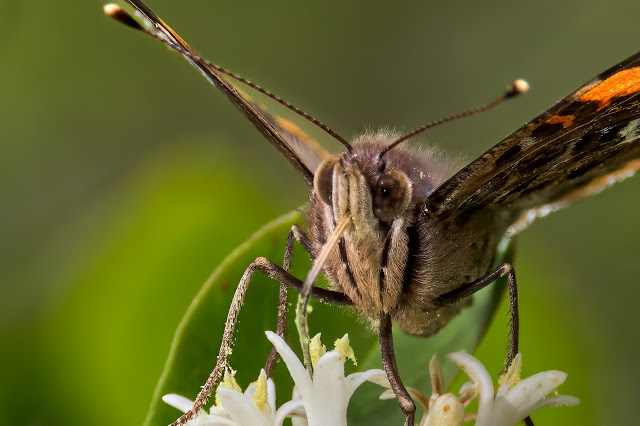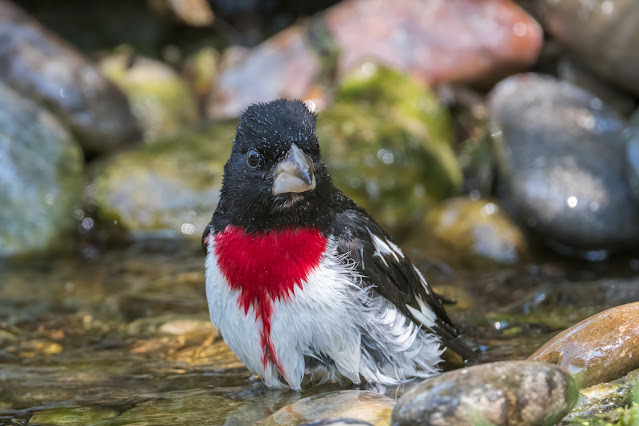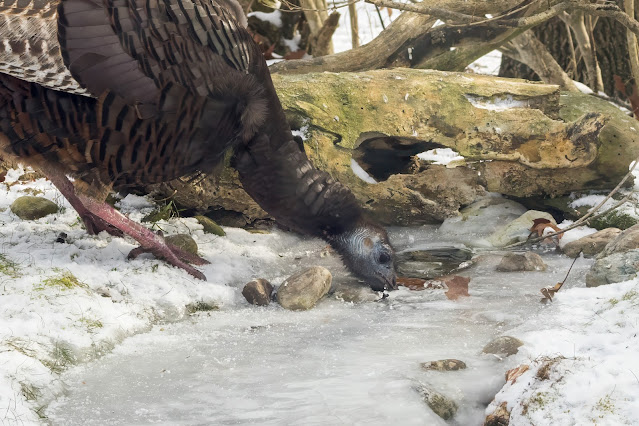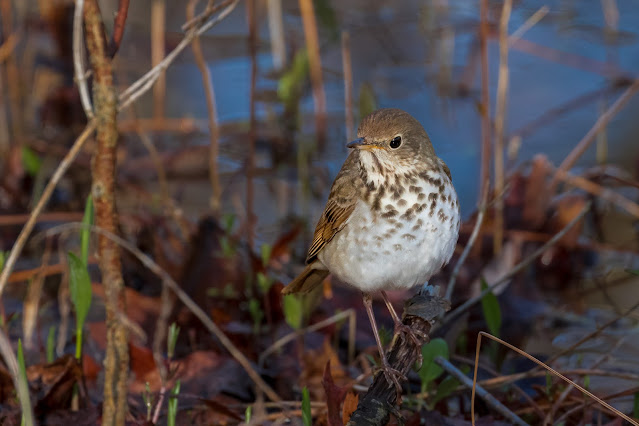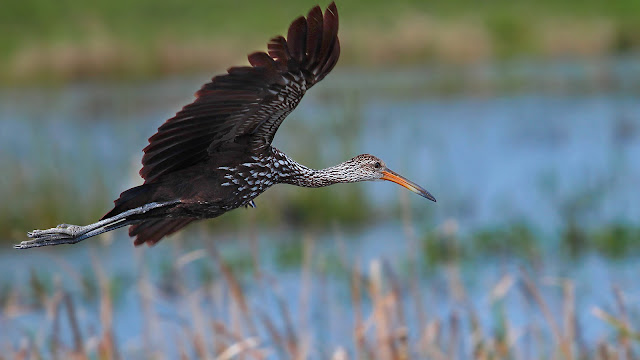Hitchin' a ride.
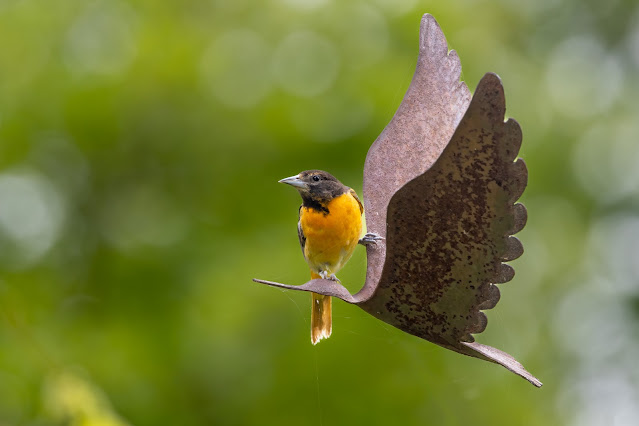
Baltimore oriole, Rondeau Provincial Park, June 29, 2023. Removed the sculpture support in photoshop. Alternate title - Surfin' Bird Icterus galbula. Baltimore Orioles sometimes use their slender beaks to feed in an unusual way, called “gaping”: they stab the closed bill into soft fruits, then open their mouths to cut a juicy swath from which they drink with their brushy-tipped tongues. source - allaboutbirds-org.
